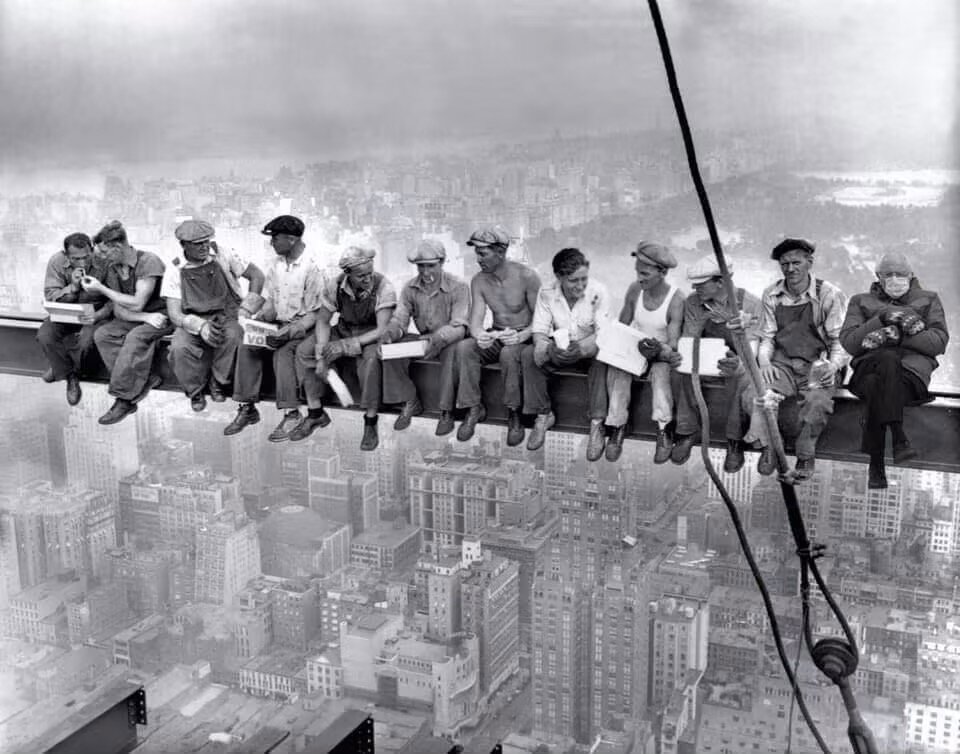Bernie Sanders' Mittens
Raise your knitted gloved hand if you saw Bernie Sanders in his now famous mittens at the Inauguration of President Biden and Vice President Harris. To be honest, I watched it all but there was a lot to see (those coats! the hats! the talent! the history in the making!) and if not for the photograph taken by Brendan Smialowski, that Senator from Vermont would have been just one of many notables at a notable occasion.
In the way that knitwear has of bringing people together, our world found a positive, cozy thing to focus on for a brief shining moment. That moment, almost 2 weeks later, is still creating a buzz. Here is a roundup of Bernie Mitten goodness….
**Within 24 hours, the first patterns were appearing on Ravelry, with Meg Harlan’s version getting a nod in the Times. There are dozens of options for Bernie-avec-Mittens-themed crochet or knit items; hats, gloves, socks, pillow covers, cowls, and wee little Bernie dolls. Here’s one by Sheila Houle. Cute, right? Her website has a really detailed tutorial on how to make him, too.
**The Vermont teacher who gifted the mittens to the Senator has become a celebrity in her own right, and continues to be charity-minded, promising to send the proceeds from the auction of a pair of mittens to Outright Vermont, which supports LGBTQ youth. Y’all, Jen Ellis seems like a really nice person!
**Popular Mechanics weighed in on the gloves v. mitten debate, something that we can only guess at in mostly tropical Charleston!
**The latest news—Jen Ellis will be partnering with the Vermont Teddy Bear Company to manufacture more of the mittens. Some of the proceeds will of course benefit charity (Make-a-Wish Vermont).
How about you? Have you cast on a pair of Bernie’s mittens or something created from them? I want to see them!










